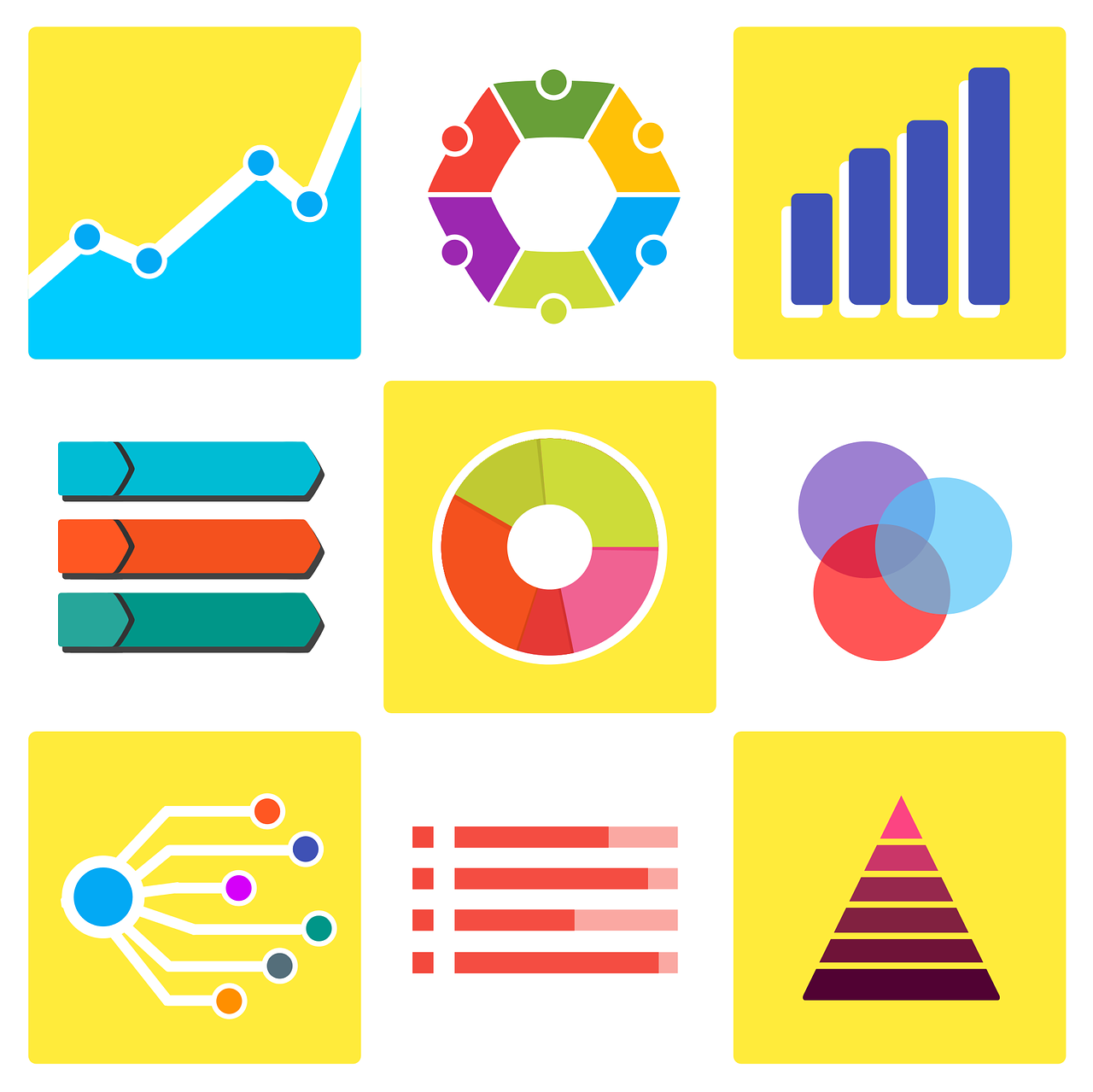
July 27, 2023, 11:42 am
In the fast-paced world of healthcare, data-driven decision-making has become a cornerstone of success for dental practices. By harnessing the power of data, dental professionals can make informed choices that optimize patient care, improve practice operations, and foster growth. However, data alone is not enough; it requires effective management and utilization to yield meaningful insights.
- Define Clear Objectives
Before diving into data analysis, start by defining clear objectives for your dental practice. Determine the specific questions or challenges you want data to address. Whether it's improving patient satisfaction, optimizing appointment scheduling, or enhancing treatment outcomes, setting clear objectives ensures that data analysis is purpose-driven and actionable.
2. Gather and Organize Relevant Data
Identify the data sources that align with your defined objectives. Data can be sourced from various channels, such as electronic health records, patient surveys, financial reports, and website analytics. Ensure that the data collected is accurate, reliable, and up-to-date. Organize the data in a structured manner to facilitate easy analysis and interpretation.
3. Analyze and Interpret Data Thoroughly
Effective data-driven decision-making relies on thorough data analysis and interpretation. Utilize analytical tools and techniques to extract insights from the data. Look for patterns, trends, and correlations that offer valuable information. Consider visualizing the data through graphs and charts to enhance comprehension and communication of the findings.
4. Involve the Right Stakeholders
Data-driven decision-making should involve key stakeholders within your dental practice. Include dental professionals, administrators, and other relevant team members in the decision-making process. Their input, combined with data insights, can lead to comprehensive and well-rounded decisions that consider both quantitative data and qualitative perspectives.
5. Implement and Monitor Decisions
Once decisions are made based on data-driven insights, it's crucial to implement them effectively and monitor their impact. Track the outcomes of your decisions and measure their effectiveness against the defined objectives. Be prepared to make adjustments if necessary, and use data to continuously improve your strategies.
Benefits of Data-Driven Decision Making
Embracing data-driven decision-making offers several benefits for your dental practice:
-
Improved Patient Care: Data-driven decisions enable you to identify patient needs and preferences, resulting in personalized and patient-centric care.
-
Enhanced Efficiency: Optimized operational decisions based on data lead to increased practice efficiency and productivity.
-
Informed Marketing Strategies: Data insights guide targeted marketing efforts, reaching the right audience with the right message.
-
Better Resource Allocation: Data-driven decisions allow for efficient resource allocation, ensuring that investments are directed toward areas that yield the highest returns.
-
Competitive Edge: Dental practices that leverage data-driven decision-making gain a competitive advantage by staying ahead of trends and providing innovative solutions.
Data-driven decision-making is a powerful tool that empowers dental professionals to make informed choices that drive success and growth. By defining clear objectives, gathering relevant data, analyzing insights thoroughly, involving key stakeholders, and implementing and monitoring decisions, dental practices can leverage data to optimize patient care, enhance efficiency, and achieve a competitive edge in the healthcare landscape.
Embrace data-driven decision-making as a fundamental practice within your dental practice, and watch as it unlocks new opportunities for excellence, patient satisfaction, and overall practice success. Data is more than just numbers; it is the key to unlocking the full potential of your dental practice and ensuring a brighter and more data-informed future for both your patients and your team.
